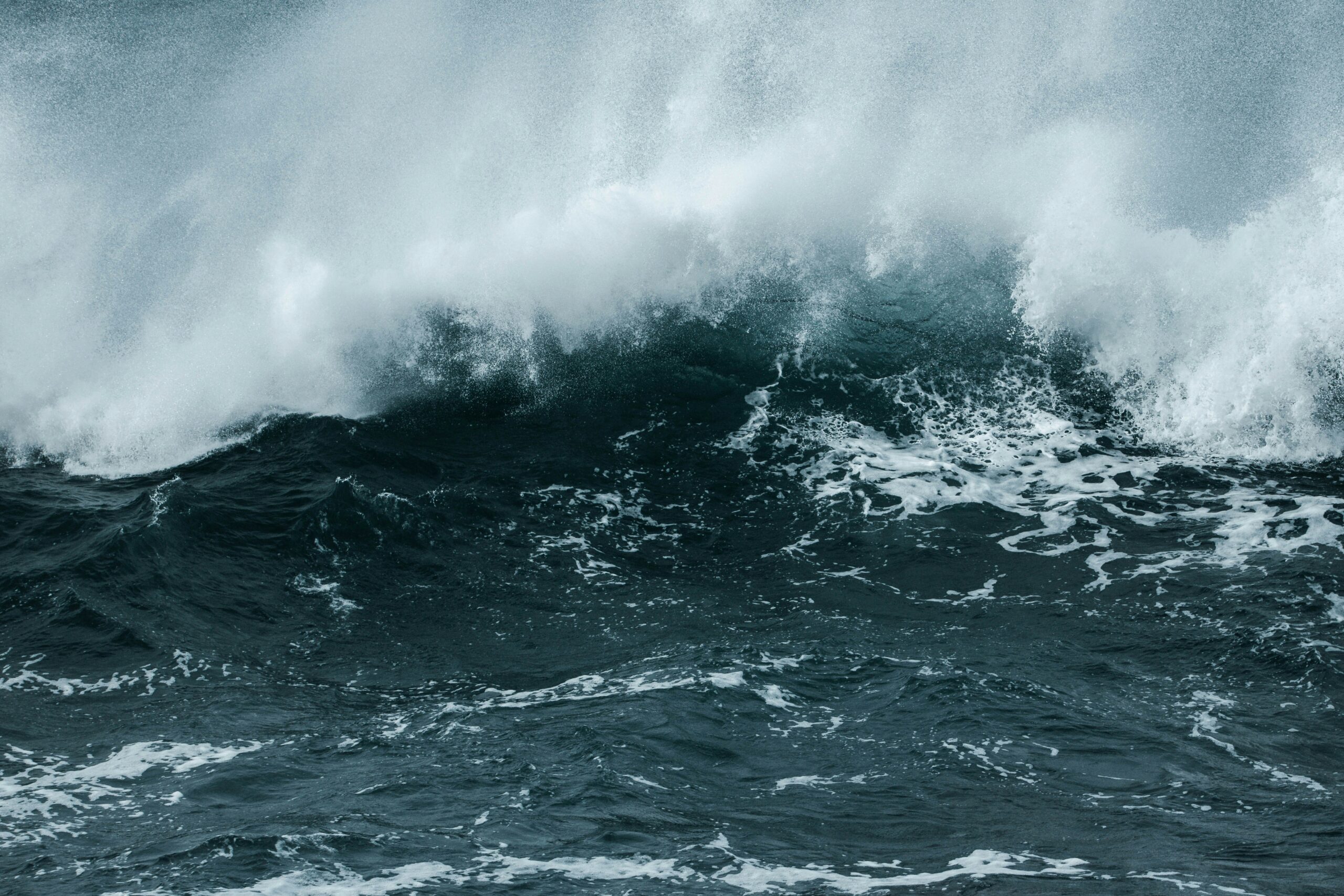
Marine construction in extreme environments presents unique challenges that require cutting-edge solutions. From harsh weather conditions to unpredictable underwater conditions, engineers must rely on innovative techniques to ensure the safety, stability, and longevity of structures. These environments demand adaptability, resourcefulness, and technological advancement. In this article, we will explore some of the most recent innovations in marine construction that address these challenges effectively.
Adapting to Harsh Weather Conditions
Marine construction projects often take place in areas prone to severe weather, such as high winds, freezing temperatures, or intense storms. These extreme conditions pose significant risks to both workers and the integrity of the structures being built. Therefore, construction teams need to adopt techniques that allow them to continue working safely under such conditions.
One key advancement in this area is the development of advanced weather-resistant materials. These materials are specifically designed to withstand the most extreme environmental factors, such as corrosive seawater and freezing temperatures. For example, new alloys and coatings are being used in the construction of offshore platforms to prevent rust and ensure longevity despite constant exposure to saltwater. Additionally, construction crews are now equipped with state-of-the-art weather monitoring systems, which enable them to track and predict weather changes in real-time. This ensures that work can be paused or adjusted as needed, reducing the risk of accidents or damage.
Another innovative solution is the use of remote-controlled equipment. In extreme weather conditions, it is not always safe for human workers to be on-site. To mitigate this, robotics and drones are increasingly used to perform critical tasks such as surveying, inspection, and even construction. These machines can operate in conditions that would be too dangerous for people, offering an extra layer of protection and efficiency in these high-risk environments.
Dealing with Submerged and Deepwater Construction Challenges
In underwater and deepwater construction, traditional building techniques often fall short due to the complexity of working in submerged environments. Engineers must consider factors like deep ocean pressures, strong currents, and visibility challenges. Consequently, new approaches are needed to perform these tasks safely and effectively.
One significant innovation is the use of remotely operated vehicles (ROVs) for deep-sea exploration and construction. These machines allow workers to access and manipulate materials deep beneath the ocean’s surface without having to dive. ROVs are equipped with cameras and sensors to help operators navigate the underwater environment. They also feature specialized tools for welding, cutting, and installing structures. By using ROVs, construction crews can complete tasks that were once impossible or too dangerous for humans to perform directly.
Moreover, advanced underwater welding techniques have revolutionized deepwater construction. Traditional welding methods were often ineffective at extreme depths due to water pressure and temperature. However, new methods, including hyperbaric welding, allow workers to repair and maintain underwater structures at greater depths. These innovations ensure that repairs can be made quickly and effectively, preventing costly delays or structural failures.
Innovations in Seismic and Structural Integrity
Marine structures are constantly subjected to seismic activity, particularly in regions along tectonic plate boundaries. These vibrations can weaken the foundation of buildings, offshore platforms, and underwater pipelines. To mitigate these risks, engineers have developed innovative structural techniques that enhance the seismic resistance of marine structures.
One approach is the use of flexible foundation designs. These foundations allow the structure to move and adapt to seismic forces, rather than being rigid and susceptible to cracking or collapsing. For example, innovative base isolators are often placed at the base of offshore platforms to absorb seismic shocks. These isolators effectively reduce the amount of stress transferred to the structure, thereby preventing damage during an earthquake.
Another advancement is the integration of advanced materials in construction. Carbon fiber and composite materials are now being used to reinforce marine structures, offering superior strength-to-weight ratios. These materials are not only resistant to seismic activity but also provide additional benefits such as corrosion resistance, making them ideal for marine environments. Their use significantly enhances the durability and stability of structures, even in the most seismically active regions.
Sustainability and Eco-friendly Innovations
Sustainability is becoming a key consideration in marine construction, particularly as concerns about environmental impact grow. New technologies are being developed to reduce the ecological footprint of marine construction projects while maintaining safety and efficiency.
One notable innovation is the use of sustainable building materials, such as recycled steel and eco-friendly concrete, which have a lower carbon footprint. Additionally, researchers are focusing on creating materials that are not only durable but also less harmful to marine life. For example, anti-fouling coatings that prevent marine organisms from attaching to structures are now being designed with biodegradable components to reduce environmental harm.
Another significant development is the use of renewable energy sources for powering construction operations. Wind and solar power are increasingly being incorporated into offshore construction projects, reducing reliance on fossil fuels. This is particularly important for offshore platforms that operate far from the mainland. By utilizing these renewable energy sources, marine construction projects can minimize their environmental impact while maintaining energy efficiency.
As marine construction continues to evolve, so too do the techniques and technologies used to overcome the challenges of extreme environments. Whether it’s adapting to harsh weather, navigating deepwater pressures, ensuring seismic integrity, or embracing sustainable practices, innovation is driving the future of the industry. These advancements not only improve safety and efficiency but also ensure that marine structures can withstand the test of time and the forces of nature. The future of marine construction is bright, with these innovative techniques paving the way for more resilient and eco-friendly infrastructure in the world’s most extreme environments.